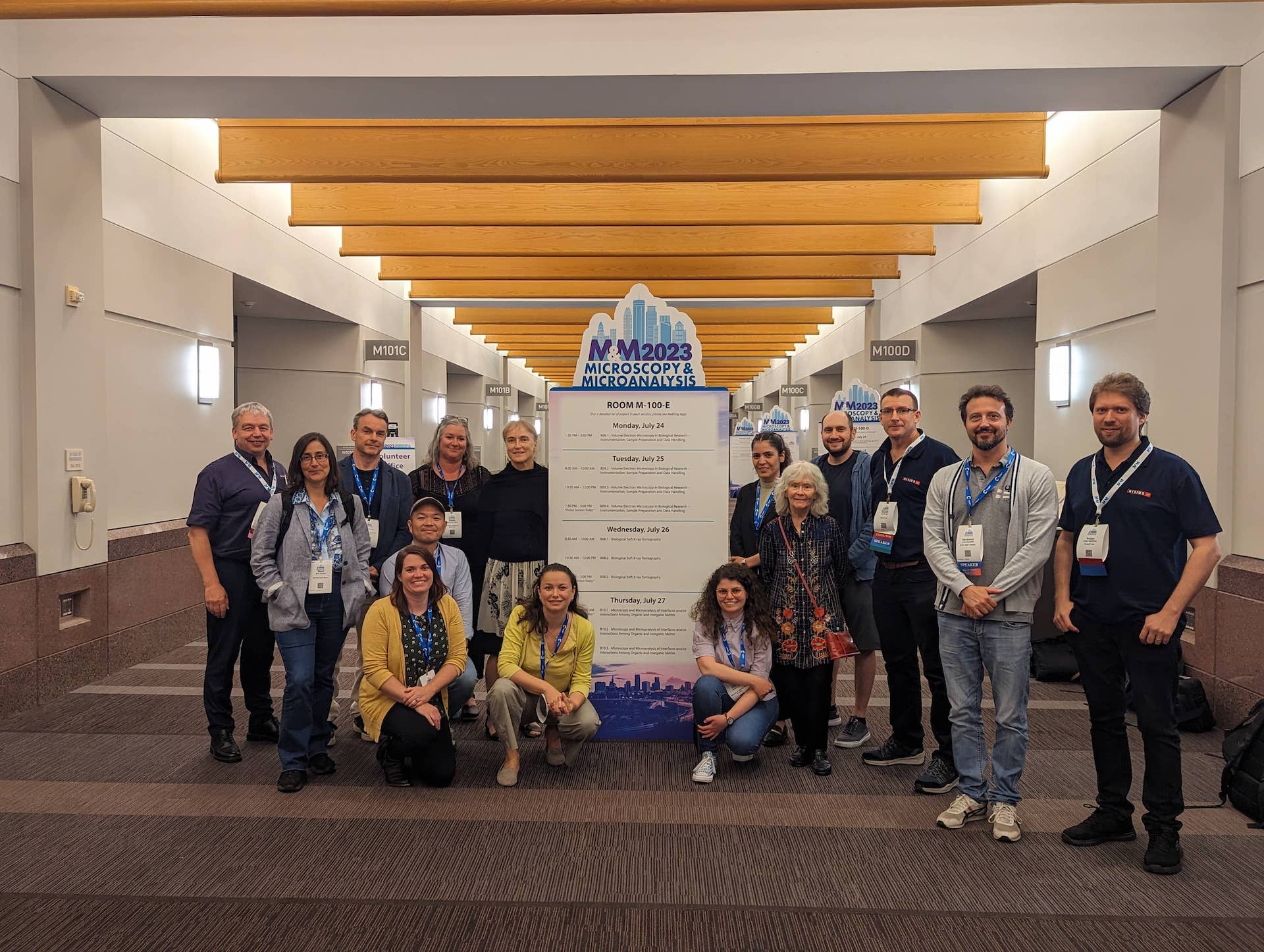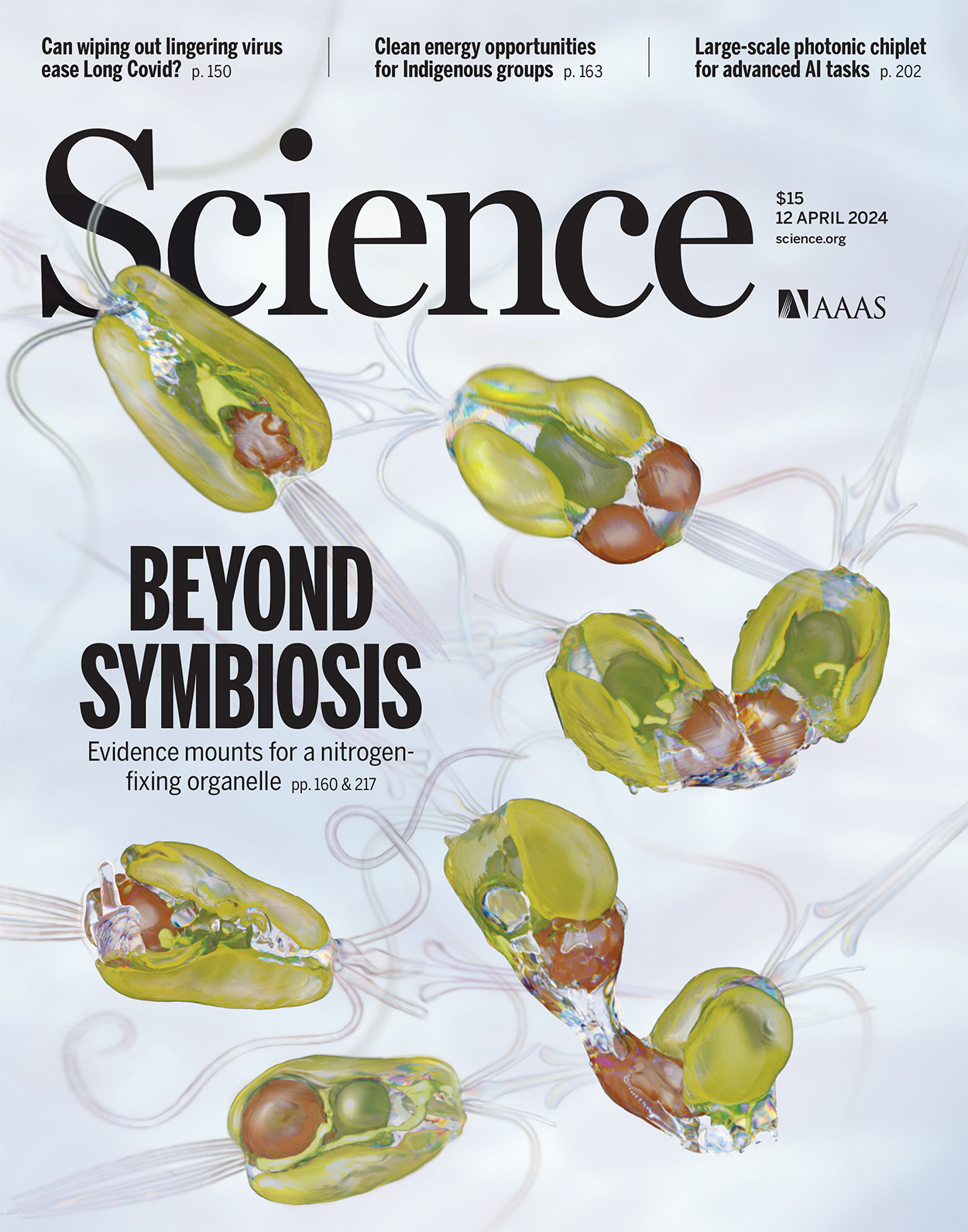News
Microscopy & Microanalysis 2023 in Minneapolis, MN
It was great to see the biological soft X-ray tomography community reunited in Minneapolis during the M&M meeting 2023. We had several insightful talks and we saw the progresses made by X-ray imaging in the past years.

Representative Papers
New model that simulates and quantifies the absorption of soft X-ray tomograms, allowing the interpretation of X-ray tomograms at the molecular level.
Theoretical approach to evaluate the role of self-organized F-actin in motion generation and its impact at the molecular level would be reflected at the cellular scale
Technical advancements in soft X-ray tomography
Comprehensive and quantitative analysis of organelle interactions at the mesoscale


